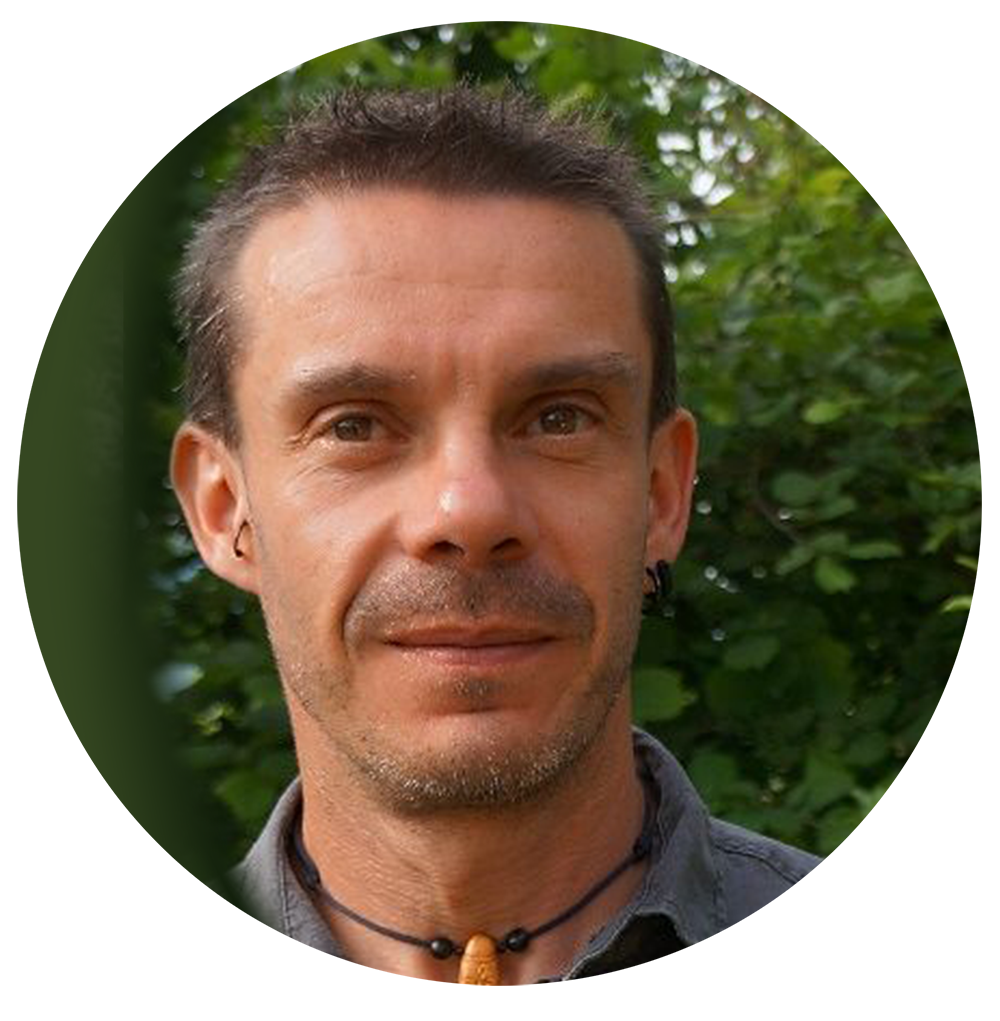Showcasing the implementation of TEN-N
Work package lead: Martin-Luther-University Halle-Wittenberg (MLU)
Work package co-lead: International Institute for Applied Systems Analysis (IIASA)
Work package lead and co-lead:

Henrique Pereira
work package lead

Piero Visconti
work package co-lead
Case study leads and contributors:

Hildegard Meyer

Balázs Horváth

Dagmar Haase

Heini Kujala

Rafaela Schinegger

Irene Lucius

Risto Heikkinen

Laetitia Navarro

Maria Hällfors

Miguel Araujo

Wilfried Thuiller

Zulima Tablado

Miguel Fernandez

Martina Marei Viti
Background
The EU Biodiversity Strategy for 2023 is a crucial step towards restoring and protecting biodiversity in Europe. This strategy aims to put Europe in a leadership position in the Post-2020 CBD Framework by developing a Trans-European Nature Network (TEN-N) that protects at least 30% of land and sea in the EU. The TEN-N will establish a connected system of protected areas and ecological corridors that mitigate the effects of climate change and maintain healthy ecosystems. However, to ensure the success of the strategy, it is vital that the network is designed, tested, and monitored at multiple scales, with the right governance, policy, and financing mechanisms.
The purpose of the work package:
Our work package aims to support the successful implementation of the Trans-European Nature Network (TEN-N) by developing a comprehensive and effective strategic plan. To achieve this, we will utilize decision-support tools and draw on other work packages to assess the performance of area-based conservation measures, explore relevant data for spatial planning, and simulate the establishment of new protected areas and corridors in different geospatial contexts. Through case studies that showcase the implementation of the strategic plan at various spatial scales, we will provide actionable insights for decision-making and valuable lessons for future planning. To ensure the sustainable development and management of the Trans-European Nature Network (TEN-N), our project will propose a comprehensive biodiversity and ecosystem services monitoring system that will be connected to the Europa Biodiversity Observation Network (EuropaBON). This monitoring system will play a crucial role in continuously fine-tuning the network and ensuring that it remains resilient in the face of future changes and new challenges.
What are we addressing in this work package?
• Lack of strategic planning to design a future-proof TEN-N
• Insufficient analysis and simulation that can inform spatial planning and area-based conservation measurements
• Limited understanding of the challenges for TEN-N implementation at various spatial scales
• Lack of actionable insights and lessons learned from real world that can inform scenario building and prioritization exercise
• Absence of a comprehensive biodiversity and ecosystem services monitoring system to ensure the network’s resilience in the face of future changes and new challenges.
Our solutions:
• Developing a comprehensive and effective strategic plan to support authorities in successfully implementing the TEN-N drawing on other work packages.
• Showcasing decision-support tools to assess the performance of area-based conservation measures, explore relevant data for spatial planning, and simulate the establishment of new protected areas and corridors.
• Demonstrating in case studies how the strategic plan can be implemented at different spatial scales.
• Proposing a biodiversity and ecosystem services monitoring system for the network in connection with EuropaBON to ensure sustainable development and management of the TEN-N.
• Balancing economic, social, and environmental considerations for the benefit of present and future generations to ensure the development and management of the TEN-N is sustainable and environmentally responsible.
Further links:

